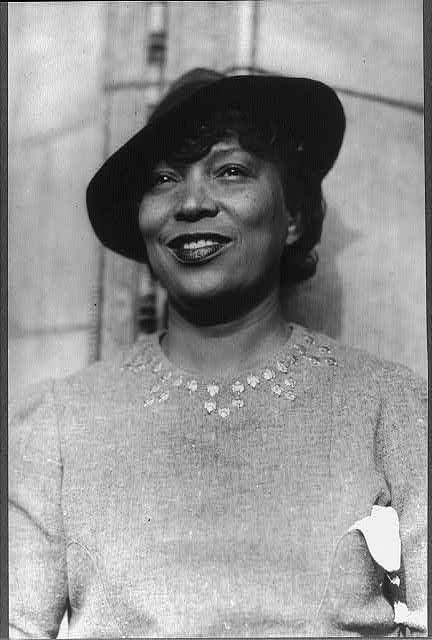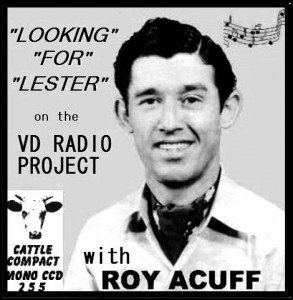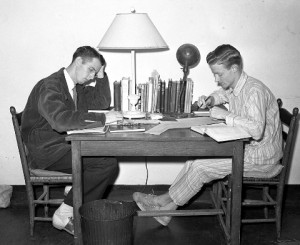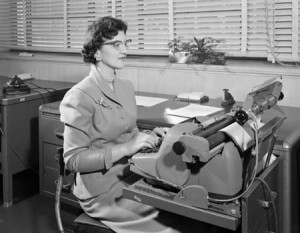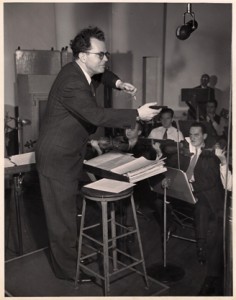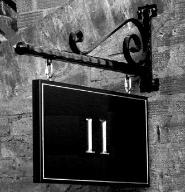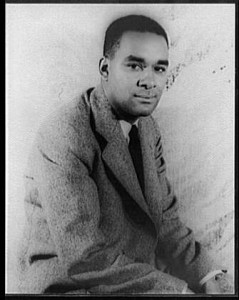 Within the Goldin collection, the political roundtable debates, dramas with social commentary, and panel discussions about real and significant problems, most of which have no answer and are still legitimate problems in America and abroad, are very relevant, despite the age of the recordings.
Within the Goldin collection, the political roundtable debates, dramas with social commentary, and panel discussions about real and significant problems, most of which have no answer and are still legitimate problems in America and abroad, are very relevant, despite the age of the recordings.
There are occasionally discs that will always stand out, such as This is South Africa: South African Problem. The “problem” referred to in the title is the “natural” cultural and developmental differences between indigenous South Africans and white South Africans. As the speaker explains it, racial segregation was necessary to allow particular races to enjoy their own cultural differences; indigenous tribes like the Zulu (there is an interesting, if not completely related, program on polygamy in Zulu society on the reverse of this disc) could continue their traditional ways of life without interference, and Europeans and European descendants were free to abide by their own ways of living. The real and harsh reality is that those justifications are false, almost laughably false if not for the terror they conceal. A point that the speaker stressed throughout was the different technological developments that separated the indigenous ethnic groups from the white South Africans. They never used the phrase, but “separate but equal” sums up his argument. We all know the history of that thinking in our own homeland.
Racial segregation in South Africa had begun during the colonial period, but didn’t become official policy and law until 1948. The South African general election of 1948 which created the system of racial segregation enforced by the National Party government that would later be known as apartheid was held May 26, 1948 and this disc was broadcast Dec. 12, 1948. The proximity of this broadcast to the passage of that law is astounding, and one assumes, a broadcast like this, intended for an international audience (and in this particular case, an American audience) was to present it in a positive light. When this vote was cast in South Africa, Jim Crow laws in the United States, in some form, had been around for over 70 years.
The reverse side of this disc features its own stand-alone program not meant to have any connection to this one, but featured a speaker making a statement about South Africa’s hospitality, weather, and other pleasantries saying, “[T]here’s something very familiar about South Africa to an American, so very much like our own country.” Heard in the context of the entire disc, this statement takes on a very different meaning than it was intended, but is all the more poignant.
Thankfully, there are many more discs in the Goldin collection that feature far more positive and progressive messages. New world a-coming is one outstanding example. This series focuses on many of the problems and challenges faced by racial and ethnic minorities in the US, and several programs focus on African Americans specifically.
Most of the programs focused specifically on discrimination in employment, such as A job for Jane which is about how labor unions are a solution to problems of unemployment and underemployment, and how everyone has the right to fair and equal employment, despite their race or gender; Black boy which is based on the autobiography by Richard Wright (pictured above), follows the difficulties faced by a young African American man trying to get a fair and decent job in the American South; and Color scheme is about a man hired to be the manager of a pharmaceutical factory (we’re to assume he’s white, because it’s never mentioned), who hires an African American to run one of the labs, and the discrimination he faces by his subordinates, as well as the factory’s owner. These dramas, in my opinion, are very impressive programs for 1945-46.
As important as these examples of the message that the American dream is for everyone, they aren’t too far removed from the reality of the time: as Goldin notes on the inventory form for Black boy, the part of the young African American man, Richard Wright, is played by a prominent (white) Jewish actor (although another post in itself, “New pilgrim,” deals with the discrimination faced by Jews in America.) So was the reality of show business in America.
With the risk of continuing this increasing long blog post, let me briefly mention a few other programs of note, Neither free nor equal: The hate merchants is a dramatic-documentary about intolerance and discrimination in the United States, including useful ways to deal with hate mongers. Groups highlighted as being discriminated against include Jews, African Americans, communists, Catholics, and Protestants. A program called Creighton University of the air: Contributions of the colored race to the American heritage is a panel discussion about the contributions of African Americans to American society and takes the stance that greater equality for African Americans will be of benefit to the entire country by allowing more people to be working towards the greater good. Finally, there is a very interesting discussion from a program called In our opinion: The Negro and communism which discusses if communism is a more effective system for African Americans than the current system of capitalism. Whether it was or not is irrelevant when put in the context that this was 1947 and being an American and communist, or the mere appearance of “communist sympathizing” was dangerous for anyone of any background, to say the least.
There are other such programs in this collection, and I’m sure, there will be more to come. For assistance searching the Goldin collection, or any other, you can contact your friendly neighborhood reference librarian or Marr staff.
Anthony Prince, Goldin Project staff
Like this:
Like Loading...

